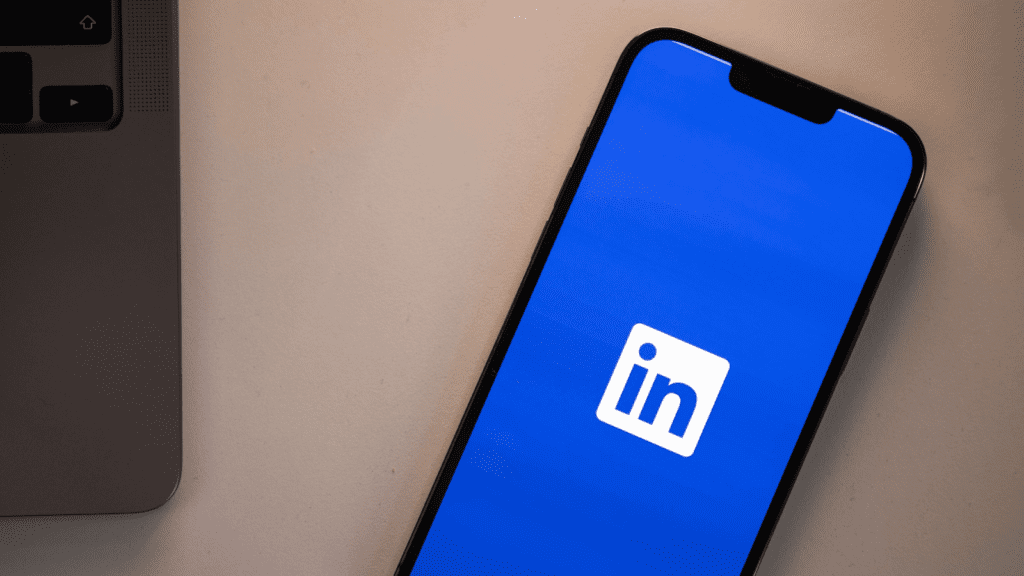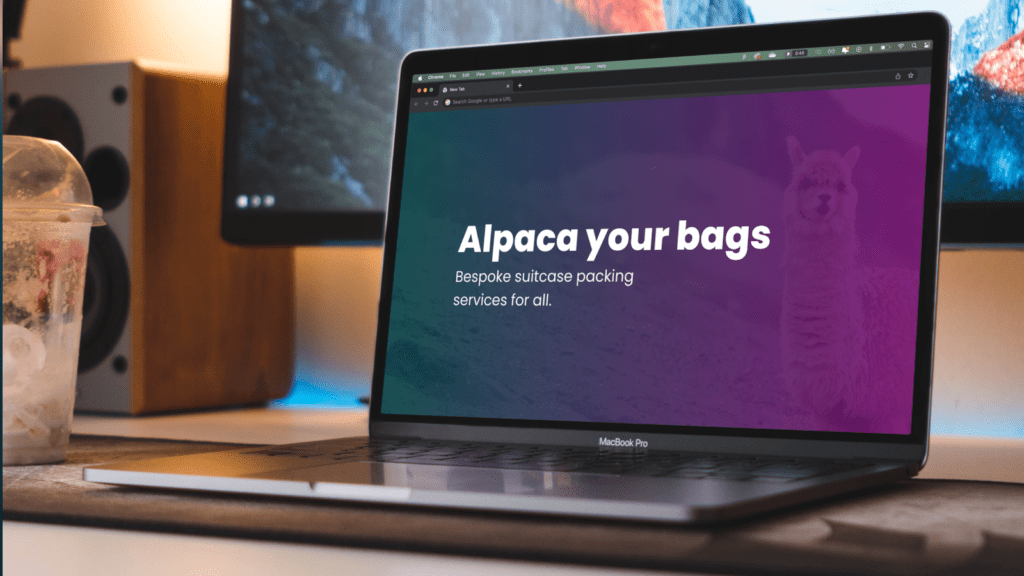
3 ways clever copywriting will help your business grow
The art of writing. It’s something most of us learn when we’re still in nappies. Just grab a giant crayon, the nearest stray piece of paper and hey presto, little three-year-old you can bash out scribbly sentences in a jiff. Easy peasy, right? Not quite…
The art of writing.
It’s something most of us learn when we’re still in nappies. Just grab a giant crayon, the nearest stray piece of paper and hey presto, little three-year-old you can bash out scribbly sentences in a jiff.
Easy peasy, right?
Fast forward a few years, when the now grown-up you needs to write some quality content for your business, nine times out of ten, the inner toddler rears its half-formed head and gets READY TO WRITE SOMETHING.
“It can’t be that hard. I’ve been doing this since I could walk”.
Only one sentence is true in the two above. Writing, particularly when about something you own, is – blood – dee – HARD.
Don’t believe me? Carry on reading. I’ll show you how DIYing your content will get you no friends, no followers, and NO customers fast. I’ll also give you some hints on what you need to do to reverse this.
What is copywriting?
Firstly, copywriting is NOT copyrighting.
Yes, phonetically, they’re the same, but if one more person asks me what the difference is, and they’ve read this article, I’m not sure I’ll be able to control my actions. The former is writing for marketing, and the latter “refers to the legal right of the intellectual property owner” (thanks to Investopedia).
Back to copywriting. Hands up if you’ve seen Mad Men. If you haven’t, pop it on Netflix and come back to this point when you’ve finished the first episode.
Already seen it? You’ll understand the reference. Don Draper, who was partially based on Draper Daniels, a big wig ’50s creative director at Leo Burnett, was a master copywriter. He could find a slogan that could sell a product a million times over.
Why do businesses use copywriters?
Don, amongst others, created memorable words that prompted calls to action. Fancy some cigs? 1950s you would more than likely buy Lucky Strike because you’d seen a newspaper ad, billboard or banner.
Fast forward to today, copywriters have more media to consider – Google Ads, social posts, videos, remarketing – but unlike this blog, they only have a few words to do it in.
Copywriting is short, sweet and can promote your products and services in a second. And that is why businesses bring in copywriters. To sell their wares, increase awareness and get their audience’s attention.
Interested in selling more of your stuff? Here’s three pieces of advice to take on board.
Tip #1 – Good copywriters don’t say “me me me”
“At <insert company>, we REALLY do care about our customers/clients. We put all of our resources into our <insert thing here>, whilst always striving to deliver on the <insert false promise here> that we’ve set. Our reason is <insert some nonsense here too>”.
It’s all “me, me, me” with some people, isn’t it?
That sentence above is based on some of the “copywriting” we’ve seen in more than a few business’ adverts. We do this, we do that… Can we let you in on a secret?
Your potential customers only care about what’s in it for them.
Yep, you heard it right. Your customers don’t care one jot about you. If there are no immediately obvious benefits, people will switch off.
Lesson #1’s conclusion for copywriting? Stop talking about YOU. Start talking TO your customers.
Tip #2 – Use the past to inform the present (and future)
Sound theory is the staple of our society. You could argue that no one knows what’s going on in the world, but when you add the words “in theory”, you’ll reach a solid conclusion nine times out of ten.
One person’s theories have influenced the world of copywriting. He’s long dead but still referenced to this day. I’m talking about David Ogilvy, and here’s what he suggested around the power of marketing.
Ogilvy was a researcher at heart. Even when he opened his advertising agency, his job title was Research Director. Do you know why? Knowing your audience through researching them results in one thing, a better understanding as to what resonates.
That’s something any good copywriter will agree with, along with the following:
“The consumer isn’t a moron. She is your wife”
Now, if our pal Dave was around today, he might consider rewording that just a touch. But, whilst that was the ’50s, the principle remains just as sound today. We have a habit of thinking people will buy anything, and that’s simply not the case.
They need convincing, educating, persuading. Control the urge to argue. Step into their shoes and walk.
Meaning = Understand your customer inside out. And that takes you right back to that whole ‘research’ thing I mentioned before.
“KISS. Keep It Simple, Stupid”
In a world of growing clutter, the audience has neither the time nor patience to dig deep for what you intend to communicate.
Meaning = Get your point across quickly.
“Business is infested with idiots who try to impress by using jargon”
People who resort to it are often unclear on the point they intend to communicate.
Meaning = Let’s face it, some people’s sole purpose is to get in the way of great ideas or worse, give you bad advice. Ogilvy says beware of those who look the part but offer nothing more. Don’t listen to their honeyed words, they’ll lead you on a wild goose chase. It’s on you to keep going until you find the relevant audience insights for your marketing.
Another meaning = Stop trying to sound clever and start communicating effectively. Don’t use a long or overly complex word when a simple one will do nicely. And ditch the jargon wherever possible.
“Unless your advertising has a big idea, it will pass like ships in the night”
The big idea is the one thing that guarantees a result irrespective of the kind of business you are advertising for”
Meaning = Don’t settle for the mediocrity of those around you. You don’t want to be on that ship; you want to be on the other one. The one with a strong message that pushes boundaries and resonates with the consumers.
Lesson #2 is simple. Work to David Ogilvy’s theories, and you won’t go far wrong.
Tip #3 – Satisfy search. Pleasure the audience.
Ogilvy and the Mad Men lived in an era where digital was not a mass marketing channel with access to a world audience. It turns out copywriting can now work across more media and mediums than ever before.
And if you’re thinking about sprucing up your website’s content with sharp copy, yes, your audience needs to love it. But SERPs, PPC and SEO are now factors in your writing.
Think of them as a mode of transport to the desired destination. It might be a free lift from a friend, a paid taxi ride, a hitch on a bike. To get to where you want to go, you need to give specific directions. Your content needs to do this, and it needs to be optimised and search friendly. Otherwise, it won’t be picked up and delivered to where it needs to go.
Lesson #3 for today. Your writing needs to please two audiences… your ideal customer, looking to consume a piece of engaging content, and the search engines, analysing your content (and deciding its trajectory) from a technical standpoint. Wow.
That’s your lot on copywriting here
I haven’t touched on the Elias St. Elmo Lewis AIDA model – Attention, Interest, Desire, Action. Not only does the theorist have THE best name of the 19th century, but copywriters still use AIDA to this day.
Hopefully, you’ll agree there’s more to it than grabbing a crayon. That good copywriting can be the difference between a fail and a sale. That you need to have technical knowledge as well as creative skills before you can write top quality content.
If you’ve got all that and you’re running a business, great. But I’d wager you haven’t and that agencies like mine could serve you better than you probably think.





